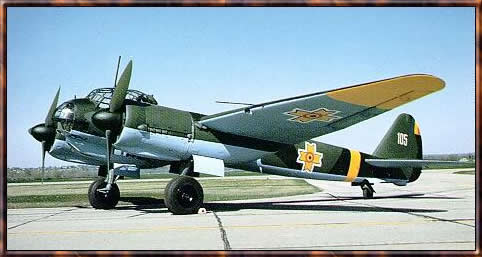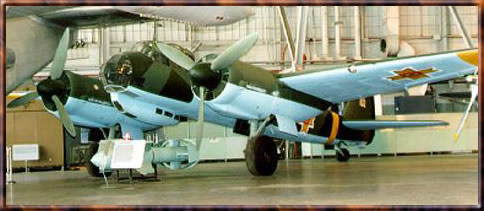However, this didn't seem to be a problem when the fifth prototype made an astonishing debut on the 9th of March 1939, when it managed to set a world speed record by flying 1000km with 2000kg of load at an average speed of 517km/h on a closed circuit. By this stage, the plane had been
fitted with the four-seat, "beetle eye" cockpit and a

ventral gondola under the nose, from which a gunner could fire rearwards. Both these characteristics would be included in the production versions. The aircraft was orderd into production in mid-1939, and given the highest possible priority, but it wasn't so simple.
